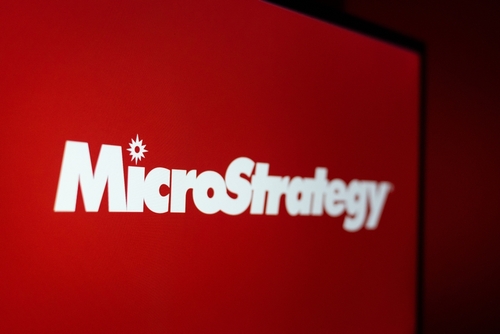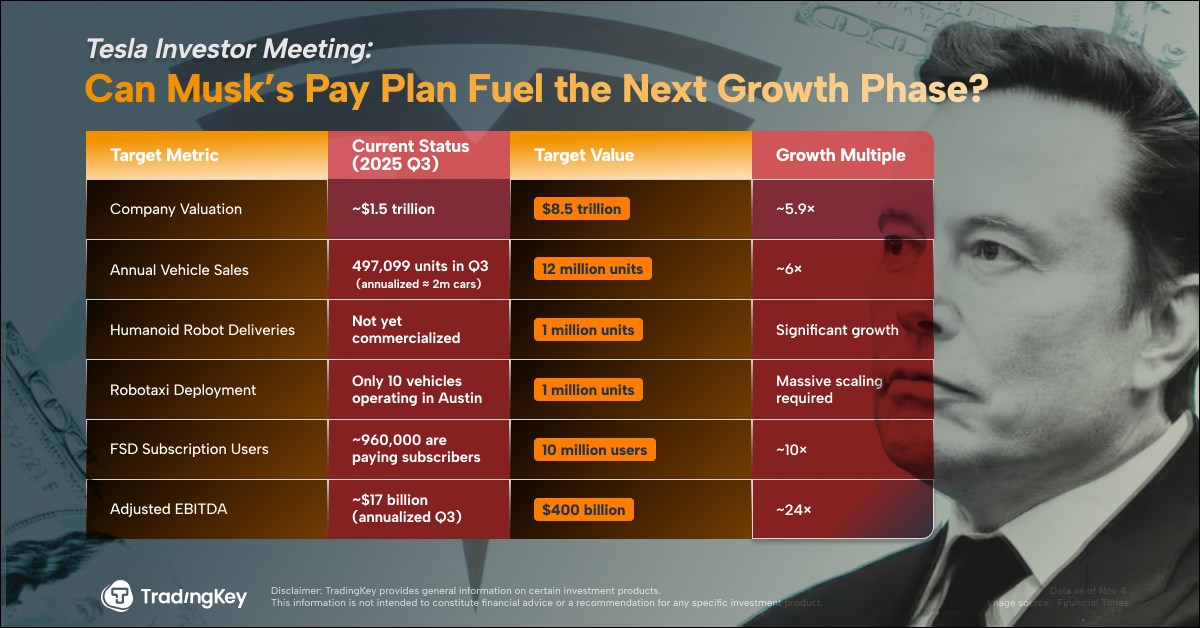Dow Jones futures gain amid easing US-China tensions, Michigan Consumer Sentiment awaited

- Dow Jones futures edge higher as market sentiment improves amid easing US-China trade tensions.
- US indices futures advance amid increasing Fed rate cut bets for December.
- Wall Street slipped on Thursday as renewed weakness in tech and AI-related stocks dampened sentiment.
Dow Jones futures advance 0.20% to trade above 47,100 during European hours ahead of the opening of the United States (US) regular session on Friday. Moreover, the S&P 500 futures and Nasdaq 100 gained by 0.25% and 0.33%, with trading around 6,760 and 25,300, respectively. Traders would likely observe the preliminary Michigan Consumer Sentiment Index data on Friday, while the US government shutdown is restricting official data releases like Nonfarm Payrolls (NFP) and Unemployment Rate.
US index futures gain ground as market sentiment improves amid easing trade tensions between the world’s two largest economies United States (US) and China. Washington moves to suspend penalties on China’s shipbuilding sector. The Office of the United States (US) Trade Representative announced that it is seeking public input on a one-year suspension of tariffs on Chinese imports.
Market sentiment also improved amid the increasing likelihood of a US Federal Reserve (Fed) interest rate cut in December. The Fed rate cut odds increased following the Challenger Job Cuts report, which announced that companies cut over 153,000 jobs in October, marking the biggest reduction for the month in more than 20 years. Fed funds futures traders are now pricing in a 67% chance of a cut in December, down from 63% a day ago, according to the CME FedWatch Tool.
Wall Street closed lower on Thursday’s regular session as renewed pressure on tech and AI-related stocks weighed on sentiment. The Dow Jones lost 0.84%, the S&P 500 fell 1.12%, and the Nasdaq 100 slid 1.9%. All three major indexes are poised to end the week in negative territory. Major AI names drove the decline, with Nvidia down 3.7%, AMD 7.3%, and Palantir 6.8%, as investors reassessed lofty valuations amid growing concerns about a potential labor market slowdown.
Dow Jones FAQs
The Dow Jones Industrial Average, one of the oldest stock market indices in the world, is compiled of the 30 most traded stocks in the US. The index is price-weighted rather than weighted by capitalization. It is calculated by summing the prices of the constituent stocks and dividing them by a factor, currently 0.152. The index was founded by Charles Dow, who also founded the Wall Street Journal. In later years it has been criticized for not being broadly representative enough because it only tracks 30 conglomerates, unlike broader indices such as the S&P 500.
Many different factors drive the Dow Jones Industrial Average (DJIA). The aggregate performance of the component companies revealed in quarterly company earnings reports is the main one. US and global macroeconomic data also contributes as it impacts on investor sentiment. The level of interest rates, set by the Federal Reserve (Fed), also influences the DJIA as it affects the cost of credit, on which many corporations are heavily reliant. Therefore, inflation can be a major driver as well as other metrics which impact the Fed decisions.
Dow Theory is a method for identifying the primary trend of the stock market developed by Charles Dow. A key step is to compare the direction of the Dow Jones Industrial Average (DJIA) and the Dow Jones Transportation Average (DJTA) and only follow trends where both are moving in the same direction. Volume is a confirmatory criteria. The theory uses elements of peak and trough analysis. Dow’s theory posits three trend phases: accumulation, when smart money starts buying or selling; public participation, when the wider public joins in; and distribution, when the smart money exits.
There are a number of ways to trade the DJIA. One is to use ETFs which allow investors to trade the DJIA as a single security, rather than having to buy shares in all 30 constituent companies. A leading example is the SPDR Dow Jones Industrial Average ETF (DIA). DJIA futures contracts enable traders to speculate on the future value of the index and Options provide the right, but not the obligation, to buy or sell the index at a predetermined price in the future. Mutual funds enable investors to buy a share of a diversified portfolio of DJIA stocks thus providing exposure to the overall index.







